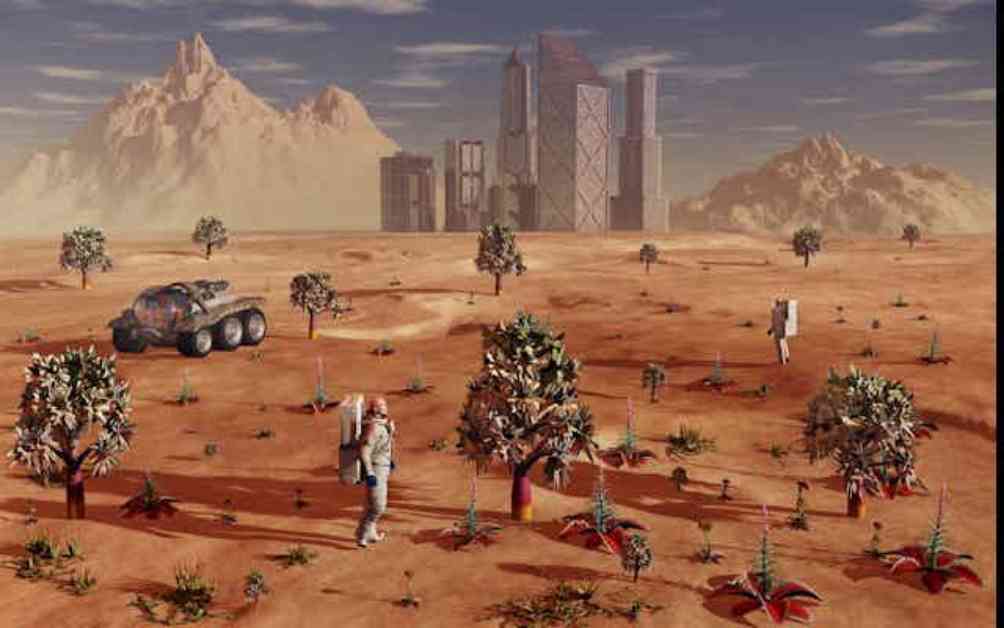When I was younger, I watched a movie that sparked my interest in the idea of transforming a barren world into a thriving habitat, similar to what was depicted in “Star Trek III: The Search for Spock.” This concept stayed with me and influenced my career path as an engineer and professor working on technologies to expand human presence beyond Earth.
One of the main challenges in creating a habitable environment on Mars is the need for essential elements like water, food, shelter, and a breathable atmosphere. Mars currently lacks these components, with its thin and carbon dioxide-dominated atmosphere making it inhospitable for humans. To address this, scientists have proposed various solutions, such as triggering volcanic eruptions or redirecting water-rich comets and asteroids to impact Mars.
Terraforming Mars is a complex and lengthy process that could take centuries to achieve. From heating up the planet using mirrors in space to introducing insulating materials like aerogel, there are innovative ideas being explored to make Mars more Earth-like. Additionally, transforming the Martian regolith into fertile soil for agriculture poses another challenge due to its lack of nutrients and presence of harmful chemicals.
Creating a sustainable ecosystem on Mars would require introducing genetically engineered organisms to produce oxygen and converting carbon dioxide. This process mirrors the delicate balance of nature on Earth, as seen in controlled environments like Biosphere 2. Furthermore, constructing buildings on Mars through 3D printing technology and addressing radiation exposure without a magnetosphere are critical aspects to consider in making Mars habitable.
While the technology to terraform Mars is still in the early stages of development and may not be feasible in the near future, the advancements made in this field could have significant applications on Earth. For instance, the same 3D printing technology used for habitats on Mars is being utilized to address housing shortages on our planet. As we tackle the challenges of turning Mars into a habitable world, we are also discovering solutions that can improve life on Earth.
In conclusion, the idea of transforming Mars into a habitable world presents numerous requirements and challenges that scientists and engineers are actively researching. While the task may seem daunting and futuristic, the innovations and technologies developed in this process have the potential to benefit humanity both on Earth and beyond. As we navigate the ethical considerations and technical complexities of terraforming Mars, we are also paving the way for advancements that could enhance our own planet’s sustainability and resilience.






